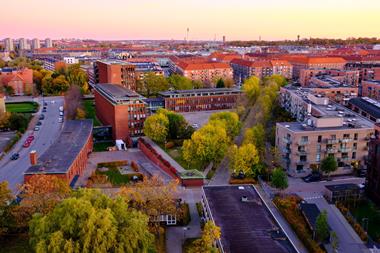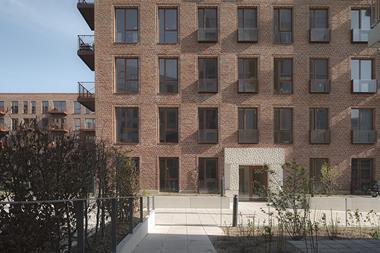Office investment has become far too centred on large cities around the world, and recent buyers in this type of deal risk weak returns, a Cambridge academic has warned.
Colin Lizieri, professor of real estate finance at the UK university’s department of land economy, said: “An obvious risk is that more recent investments will deliver poor returns over time.”
Many prime properties in big markets now look at the least overpriced, and, he said, with the prospect of rising interest rates, yields could well come under pressure.
Speaking at the annual conference of the Urban Land Institute (ULI), Lizieri presented analysis of the revival of global real estate investment volumes since the 2007 slump.
He focused on data on office property transactions, and the proportion that related to cities.
“The really remarkable thing is how unbelievably concentrated that transaction volume is,” he said.
Data from Real Capital Analytics showed 42% of global investment volumes between 2007 and 2013 had been concentrated on just three cities – London, New York and Paris.
Some 80% of all international investment in the five-year period is in just 25 cities, he said.
“That investment concentration is not explained by the size of cities,” Lizieri told the conference.
City GDP explained only about half of aggregate investment, he said.
This concentration on cities showed no sign of changing, and had become more marked rather than less over the time period surveyed, he said.
The belief in the value of investing to such a degree in cities is based as much on myth as reality, Lizieri argued.
He said there was also a danger that investors were failing to diversify enough.
“Evidence says that, in the long run, these cities do not deliver much real rental growth,” he said, adding that whether there was short-run rental growth depended on the supply situation.
“If the majority of your international investment is focused on big-city prime office space, then you aren’t really getting global diversification,” he said.
“Occupier and investment markets in those cities are being driven by the same global economic forces, so they’ll tend to rise and fall together.”

















